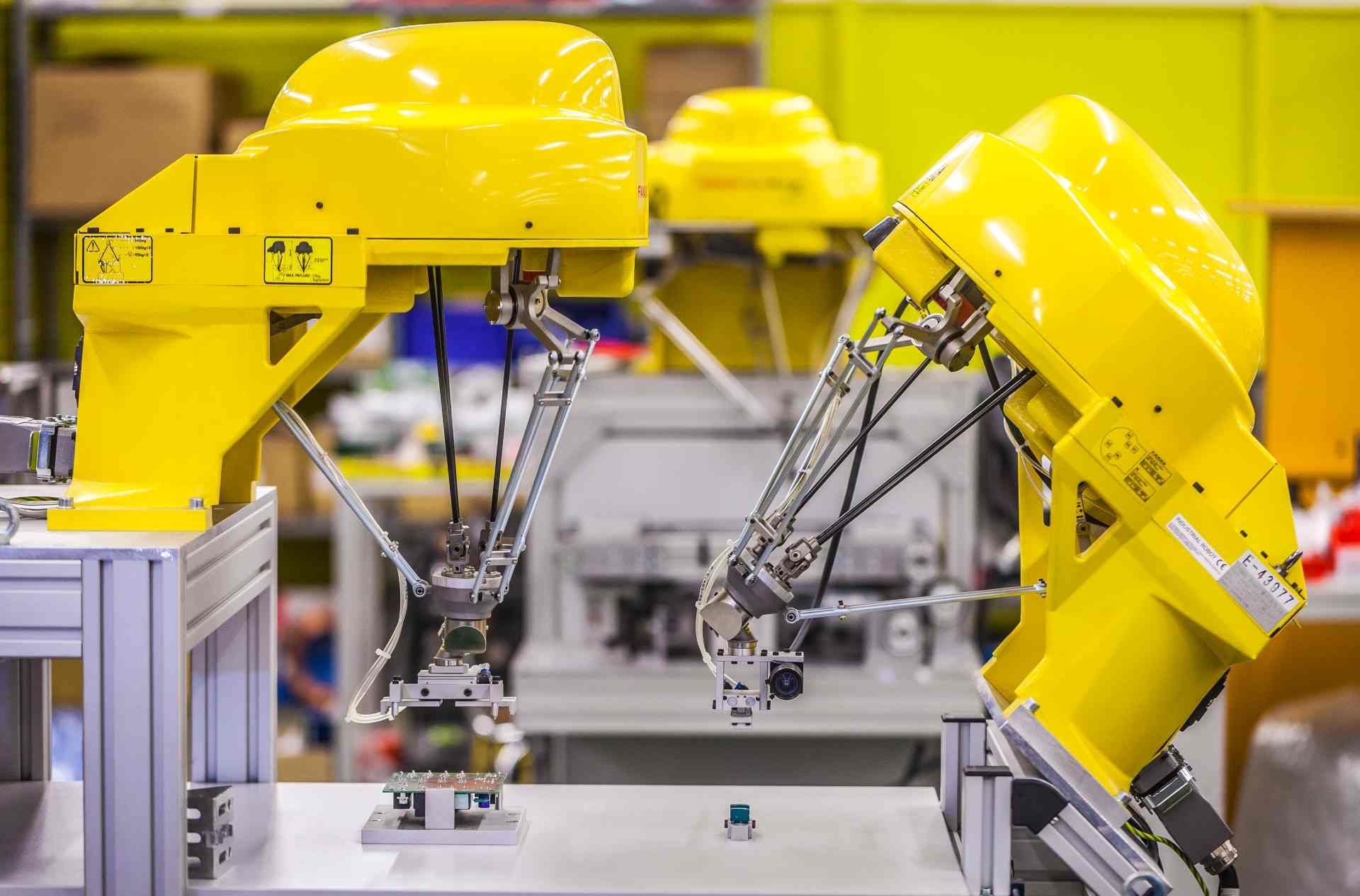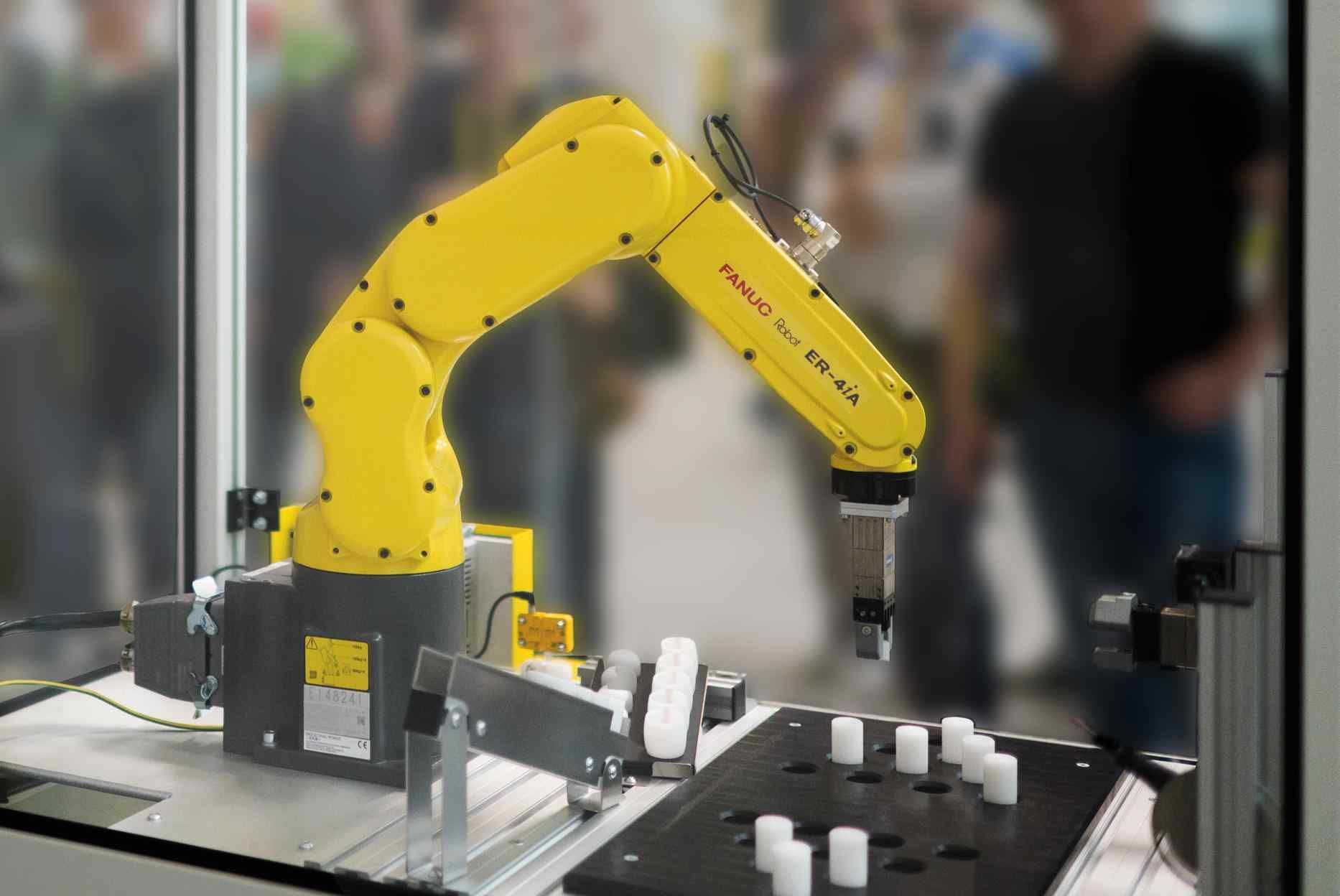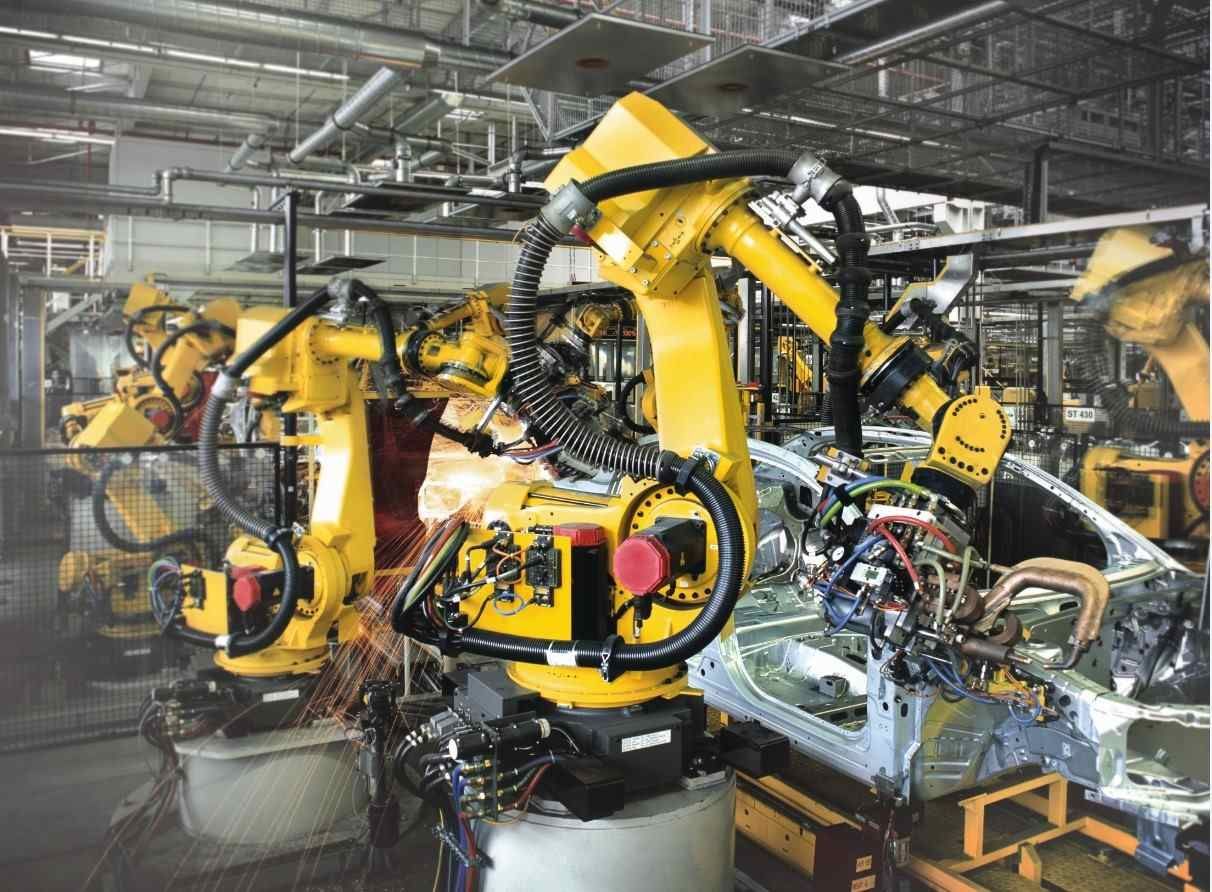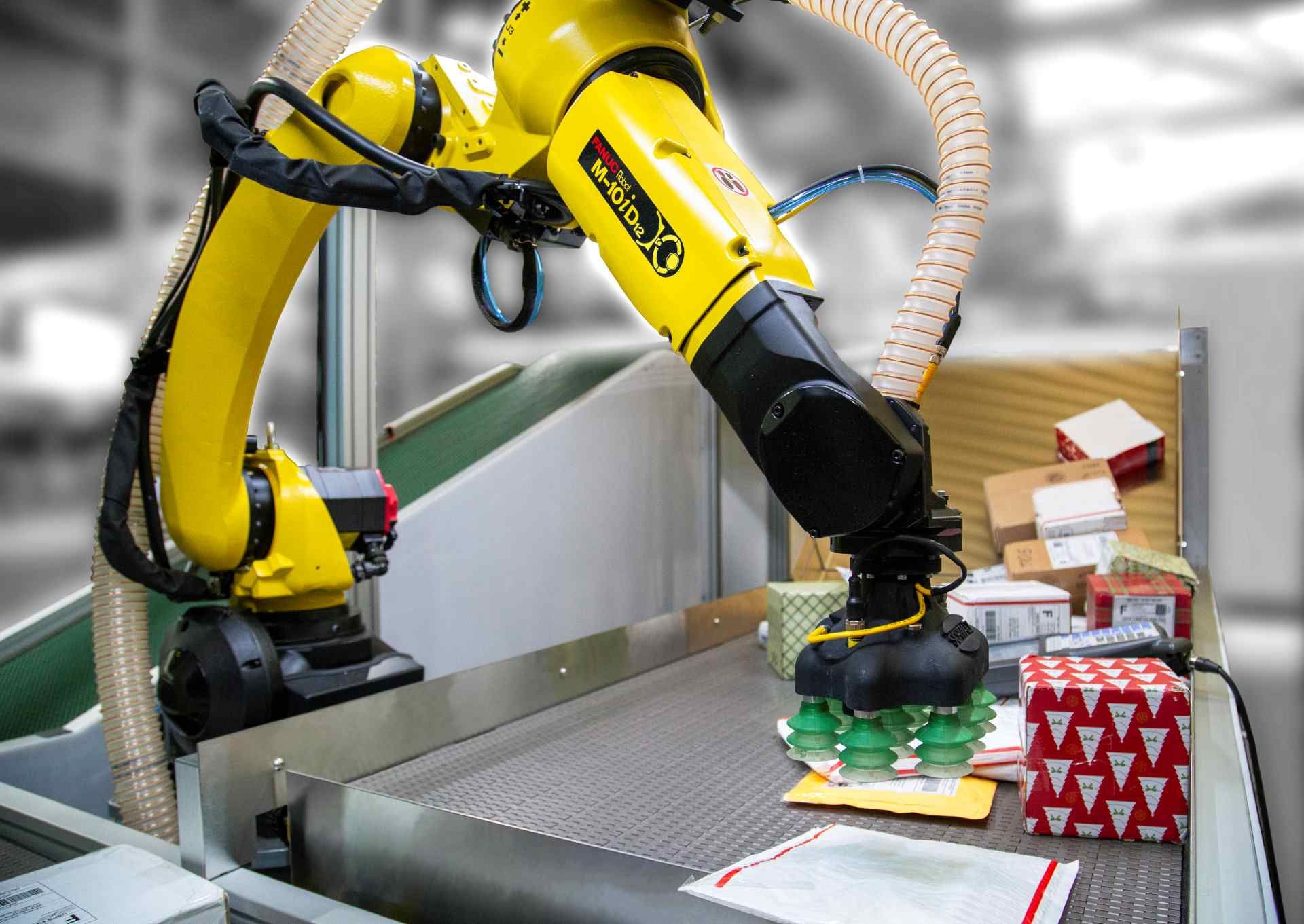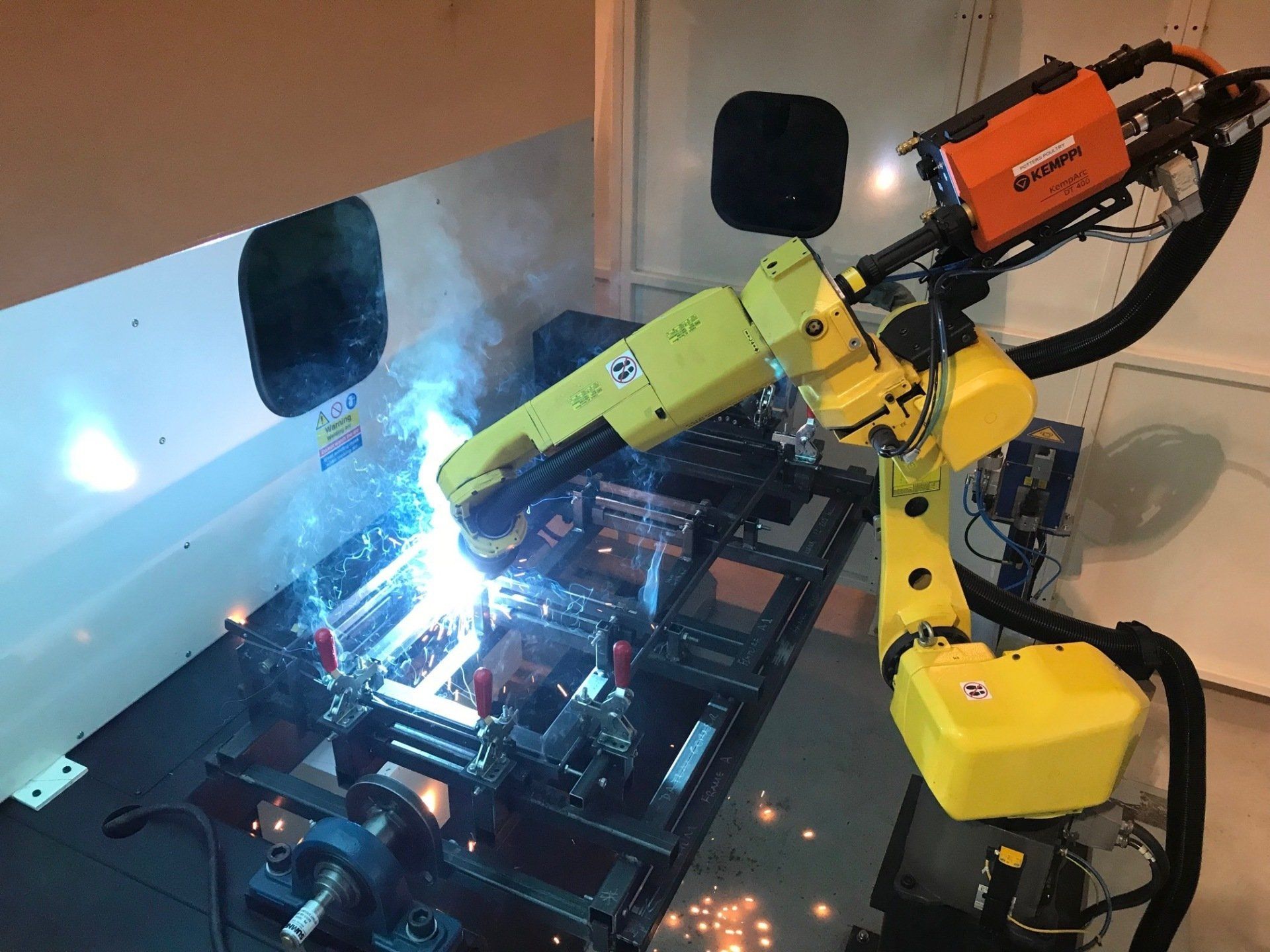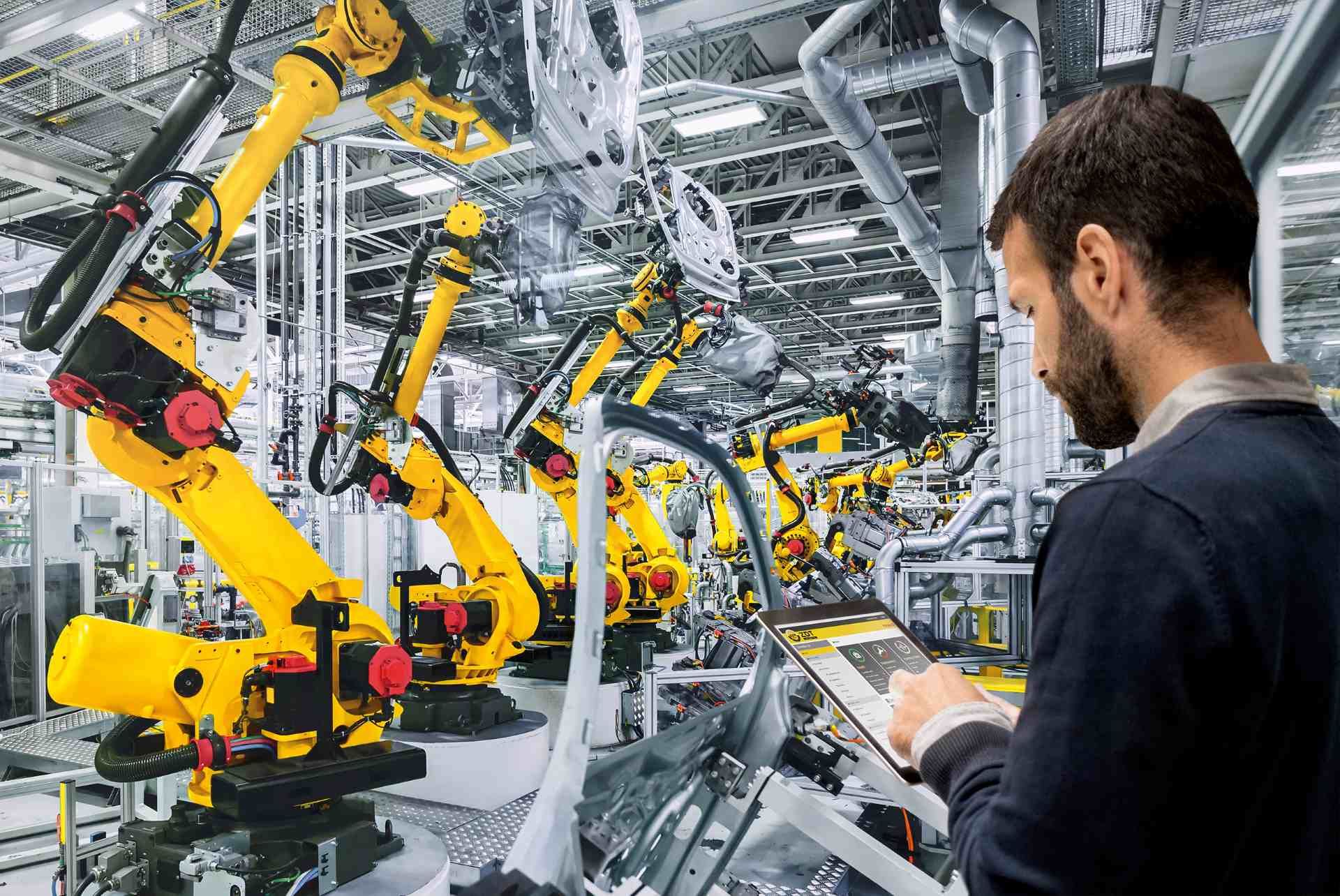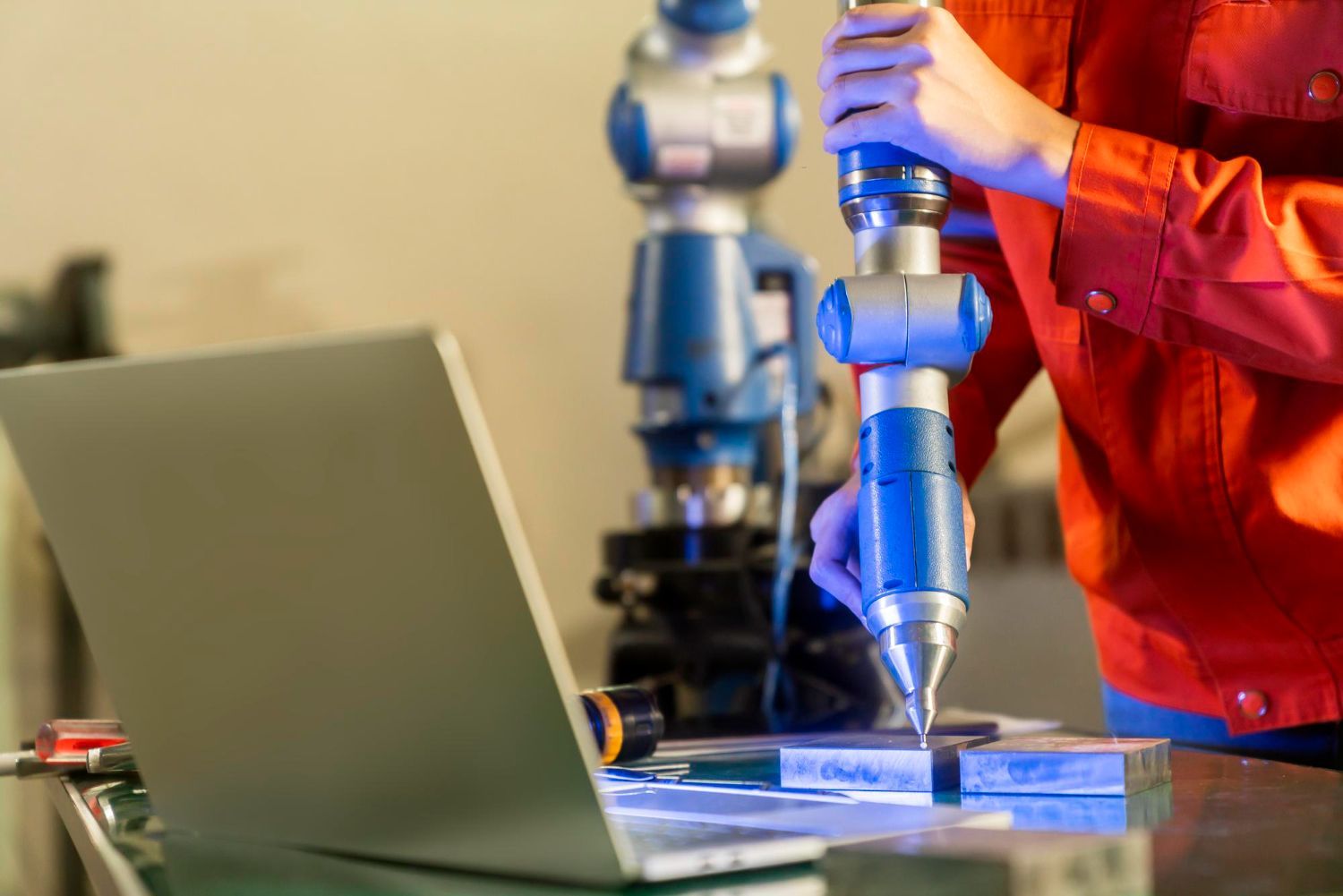Implementing collaborative robot welding
To successfully implement collaborative robots at your workplace, you need to integrate them with your existing operations. The term ‘integration’ means making something part of a larger unit.
Business owners aiming to enhance productivity by deploying cobots – which are designed to work safely alongside people and perform everything from cobot welding to palletising – call on our specialist cobot integrators to create and implement bespoke cobot systems. Ensuring your cobots are fully integrated and making a positive contribution to your activities means you’ll reap the rewards of human-robot collaboration.
Cobot integration encompasses several key stages; our UK human-robot collaboration system integrators can assist you with them all. First, identify the tasks you want the cobot to perform and the most suitable cobot model in terms of performance, safety features, range of motion, payload, etc. (For example, FANUC CRX cobots excel at cobot welding and come in five sizes). Conduct a risk assessment to ensure you can create a safe collaborative workspace. Design and develop the cobot system, using CAD simulations to visualise and refine it. Build and install the system. Perform collaborative robot integration testing and make any necessary changes, in addition to giving employees cobot training, before deployment.
The Importance of Integration for Maximising the Benefits of Collaborative Robots
Imagine a company invests in a collaborative robot but doesn’t give proper consideration to cobot integration. As a result, the company doesn’t think clearly about how the cobot will fit in with its operations or how employees can best work with it. The lack of planning means the cobot can’t perform as effectively as possible and therefore can’t fulfil its potential to boost the firm’s productivity.
Cobots can bring fantastic benefits, not least because they give businesses the opportunity to combine robotic precision with human knowledge and experience. Companies can enjoy better-quality products, less waste, faster cycle times and more. However, they can only maximise the benefits and ROI through successful collaborative robot integration.
Collaborative Robot Integration into Existing Systems and Processes
Integrating cobots with existing systems and processes at your factory, say, may sound daunting. However, you can rely on our UK human-robot collaboration system integrators’ expert guidance. Moreover, cobot integration is more straightforward than implementing conventional industrial robots. Cobots are compact, portable and highly adaptable. They don’t require caging. Plus, they’re designed for human-robot interaction – you can learn to programme/re-programme them in hours or days.
Compatibility is key here – our cobot integrators can check whether your cobot is compatible with your existing systems and processes and make any necessary modifications. Perhaps the cobot will perform machine tending. We’ll assess the communication protocols and, if required, make changes to facilitate data exchange between cobot and machine.
Programming and Configuring Collaborative Robots for Specific Tasks
Because collaborative robots are extremely versatile, programming and configuring them for specific tasks is relatively straightforward. Essentially, it involves selecting a suitable end-of-arm attachment (a welding torch, say) then training the cobots by directing their movements in hand-guiding mode and programming them using intuitive software.
Take our Cyber-Mate cobot welding system, for instance. A welder manually guides the cobot to the points requiring welding and records them on the touchscreen controller, creating a programme. The timeline and drag-and-drop icons make this straightforward. The cobot performs a dry run. The welder makes any necessary adjustments before overseeing the welding.
Implementing Safety Protocols for Human-Robot Collaboration
By carrying out a risk assessment during the collaborative robot integration process, you’ll be able to identify potential hazards and find ways to eliminate or reduce those risks. For example, connecting the cobot to advanced imaging sensors and placing it by a pressure mat (which alerts it to people’s presence) can make human-robot collaboration safer.
The risk assessment will help you to draw up safety protocols covering how the cobot is set up (for example, what its maximum allowable speed should be) and how employees should interact with it (for example, what distance they should maintain). Inform your workers about these protocols and request they report safety issues to you.
Conducting Integration Testing and Fine-Tuning Collaborative Robot Operations
Our cobot integrators are adept at comprehensive cobot system testing. This includes testing safety mechanisms (checking the cobot stops if a person touches it, say), human-cobot and cobot-machine communication, and tooling attachment functionality.
Tests are crucial to cobot integration, as the results help us to fine-tune your collaborative robot operations and optimise performance.
Cyber-Weld – Cobot Implementation Experts
Expert support from our UK human-robot collaboration system integrators will help your business to successfully implement collaborative robots, take full advantage of their impressive capabilities and maximise productivity.
Contact us today to enhance your operations with cobot welding or other cobot solutions.


